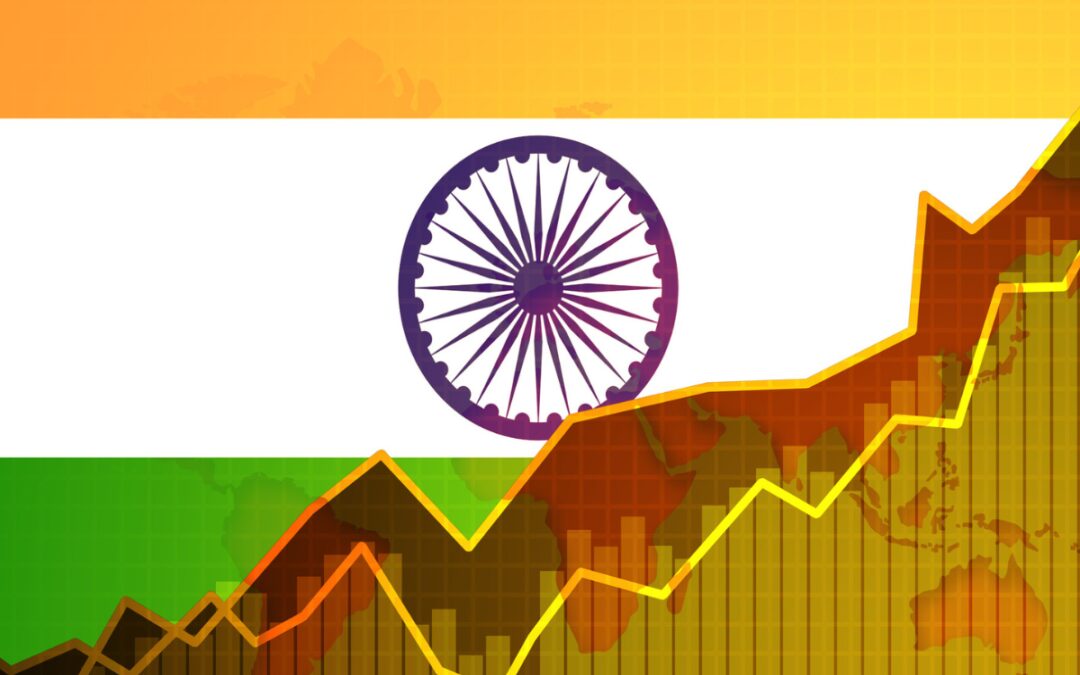New Delhi, Indian conglomerates are likely to spend about $800 billion on growth over the next 10 years, almost triple of what they spent over the prior decade, a report showed on Monday.
“About 40 per cent of Indian conglomerates’ spending over the coming decade will be on new businesses, such as green hydrogen, clean energy, aviation, semiconductors, electric vehicles (EVs) and data centres,” said Neel Gopalakrishnan, credit analyst at S&P Global Ratings.
The Adani Group, Tata, JSW group and others are prepping about $350 billion of investment in the new and emerging sectors over the next decade.
Many of the other conglomerates will focus more on their established businesses, with an emphasis on boosting scale and profitability.
The Birla, Mahindra, Hinduja, Hero, ITC, Bajaj and the Murugappa groups have a record of conservative growth, for example, according to the report by S&P Global Ratings.
Indian conglomerates will likely invest about $400 billion-$500 billion over the next 10 years in existing businesses, if they continue investing at a similar rate as that seen over the past two years.
The opportunity for growth for Indian conglomerates is huge. But the heavy spending on investment also presents risk–execution risk, and the risk of borrowing heavily on technology with unproven commercial payoff, such as green hydrogen, said Gopalakrishnan.
According to the report, as absolute debt levels rise, firms will need to continuously strengthen their core businesses to maintain their credit profiles.
Any underperformance during the investment phase would likely hit credit metrics, the report mentioned.
Political stability and policy continuity will bring rigour to reforms, fostering the development process towards becoming ‘Viksit Bharat’.
According to Reserve Bank of India (RBI), the real GDP for FY25 is estimated to be 7.2 per cent, which is in line with global projections amid strong fundamentals, rising consumption and robust investment sentiment in the country.
India’s growth story remains intact as its fundamental drivers – consumption and investment demand – are gaining momentum
–IANS
na/











